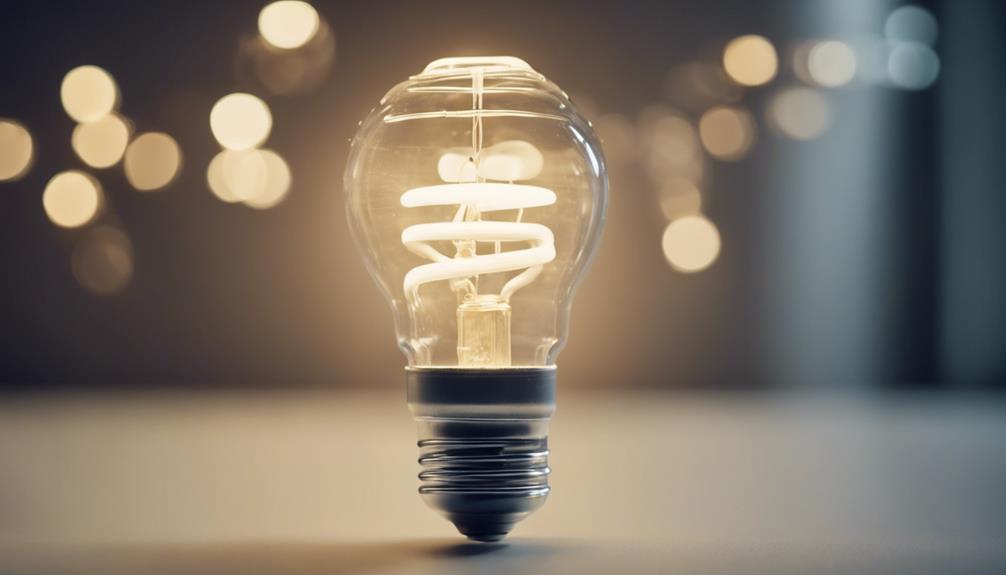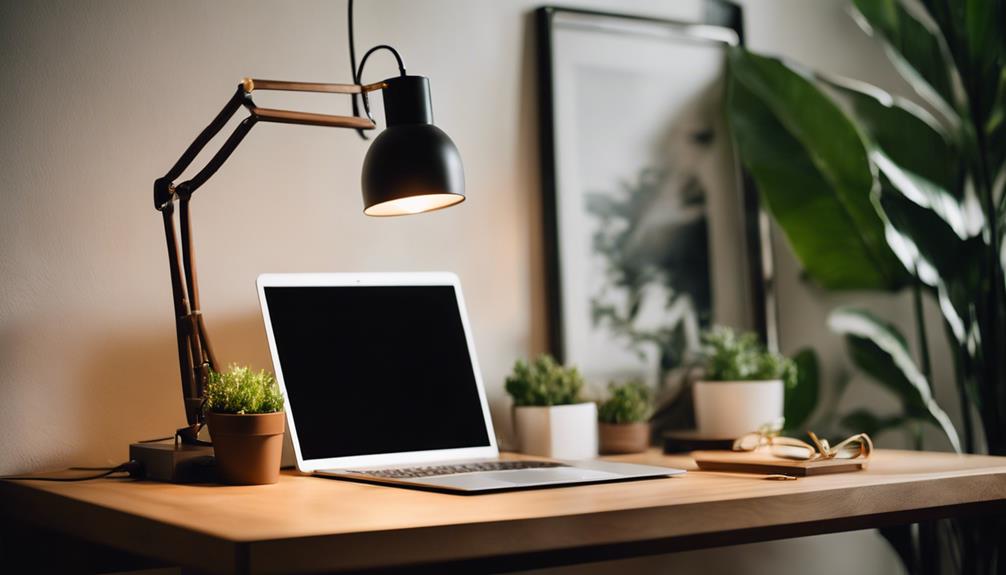Wearable sleep devices use sensors to monitor your sleep patterns, stages, heart rate, and movements, giving you personalized insights to improve rest and recovery. They can gently wake you during light sleep, suggest pre-bed routines, and track overall sleep quality over time. With features like sleep coaching and seamless smartphone integration, these devices help you develop better sleep habits and boost overall wellness. Keep exploring to discover how these tools can transform your sleep experience.
Key Takeaways
- Wearable sleep devices monitor sleep stages, movements, heart rate, and breathing to identify disruptions and optimize sleep quality.
- They offer personalized insights, gentle wake-up cues, and recommendations to improve sleep hygiene and recovery.
- Integration with smartphones and health apps enables comprehensive tracking of sleep, activity, and stress for holistic health management.
- Designed for comfort and accuracy, wearables like wristbands, rings, and patches promote continuous, unobtrusive sleep monitoring.
- These devices empower users to enhance rest, daytime energy, and overall wellness through data-driven adjustments and lifestyle support.
In today’s fast-paced world, getting quality sleep is more important than ever, and wearable tech has become a popular tool to help you achieve it. These devices are designed to monitor your sleep patterns, provide insights, and even suggest ways to improve your rest. As you wear them through the night, they collect data on your sleep stages, movements, heart rate, and breathing patterns, giving you a detailed picture of your sleep quality. This information helps you identify disruptions and patterns you might not notice on your own, such as frequent awakenings or shallow sleep. With this knowledge, you can make informed changes to your sleep environment or habits, aiming for deeper, more restorative sleep.
Many wearable sleep devices come with features that go beyond simple tracking. Some offer gentle vibrations or sounds to wake you during your light sleep phase, ensuring you wake up feeling refreshed rather than groggy. Others have built-in sleep coaches or personalized recommendations based on your data, guiding you to adjust your bedtime routines or reduce factors that interfere with sleep. For example, if your device detects elevated heart rates or restlessness, it might suggest relaxing activities before bed or reducing caffeine intake. These personalized insights help you develop better sleep hygiene over time, leading to consistent improvements.
Some wearables offer gentle alerts and personalized tips to improve your sleep quality and habits.
Additionally, wearable tech often integrates with your smartphone or health apps, creating a centralized platform for your wellness data. This connection makes it easier to track your progress, set sleep goals, and share insights with healthcare professionals if needed. Many devices also include features to monitor your daily activity, stress levels, and overall health, giving you a holistic view of how your lifestyle impacts your sleep. When you’re aware of the interplay between stress, activity, and rest, you can make adjustments that foster better recovery and energy levels during the day. Moreover, understanding your sleep patterns can help you comply with Retirement Planning strategies that require disciplined routines and health management.
Comfort is essential when choosing wearable sleep tech, and most devices are designed to be lightweight and unobtrusive. Whether it’s a sleek wristband, a ring, or even a patch, these gadgets are built to stay with you comfortably throughout the night. As technology advances, they become more accurate and user-friendly, making it easier for you to maintain consistent sleep tracking without disruption. In the end, wearable tech empowers you to take control of your sleep health, helping you wake up feeling more rested, rejuvenated, and ready to face each day.
Frequently Asked Questions
How Accurate Are Sleep Tracking Devices Compared to Polysomnography?
Sleep tracking devices are generally less accurate than polysomnography, which is the gold standard for sleep studies. While devices can give you useful insights into your sleep patterns, they often miscount or misinterpret sleep stages and wake times. You might find them helpful for monitoring trends and improving habits, but don’t rely on them for precise diagnosis or detailed sleep analysis. For serious concerns, consult a sleep specialist.
Can Wearable Sleep Devices Diagnose Sleep Disorders?
You might hope your wearable can diagnose sleep disorders, but it’s unlikely. While these devices track patterns and can hint at issues like sleep apnea or insomnia, they aren’t medical tools. You should see a healthcare professional for an accurate diagnosis. Think of wearables as helpful guides, not definitive doctors—giving you insights, but not replacing clinical assessments. Their real value lies in improving your sleep habits, not diagnosing conditions.
Are Wearable Sleep Devices Suitable for Children and Teens?
Wearable sleep devices are generally not recommended for children and teens without medical guidance. Their accuracy and safety aren’t fully established for younger users, and some features may not be suitable. If you’re considering one, consult a healthcare professional first. They can help determine if a device is appropriate for your child’s age and needs, ensuring it supports healthy sleep habits without unintended risks.
How Long Does the Battery Last on Most Sleep Wearables?
Most sleep wearables last between 4 to 7 days on a single charge, depending on the device and usage. You can typically expect to recharge them weekly, especially if you wear them daily. To avoid interruptions, it’s a good idea to charge your device overnight or during the day when you’re not wearing it. Keep track of battery levels with the app to guarantee continuous sleep monitoring.
Do Wearable Sleep Devices Emit Any Harmful Radiation?
You might be surprised to learn that most wearable sleep devices emit very low levels of non-ionizing radiation, similar to what your cell phone produces. In fact, studies show these levels are well below safety limits set by health authorities. So, you can wear your device confidently without worrying about harmful radiation exposure, knowing it’s designed to be safe and effective in tracking your sleep patterns and promoting better rest.
Conclusion
Think of wearable tech as your guiding star in the night sky, illuminating your path to better sleep. With these devices, you hold the key to unleashing restful nights and vibrant mornings. They become your loyal compass, steering you toward recovery and renewal. Embrace this blend of innovation and self-care, and let your journey to restful sleep be as steady and bright as the dawn. Your best rest is just a wearable away.










